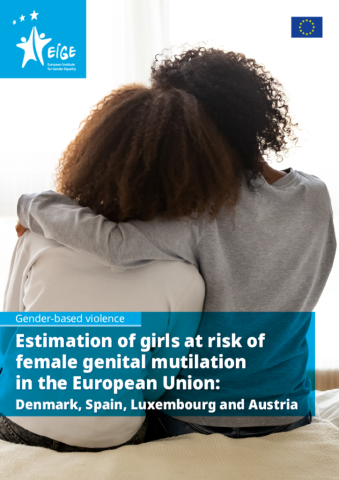Since 2012, the European Institute for Gender Equality (EIGE) has mapped the situation of female genital mutilation (FGM) in the European Union, identified good practices to tackle it and developed a methodology to estimate the number of women and girls at risk.
This common methodology was originally presented in 2015, pilot tested in three Member States (EIGE, 2015), further refined and applied to an additional six Member States (EIGE, 2018).
The overall objective of this report is to support the European institutions and all EU Member States by providing more accurate qualitative and quantitative information on FGM and its risks among girls, taking into account new patterns of migration.
To achieve this, EIGE’s 2018 methodology was applied to four additional Member States: Denmark, Spain, Luxembourg and Austria. This study also examined FGM-related policies and legislation from mid 2017 to mid 2020.
